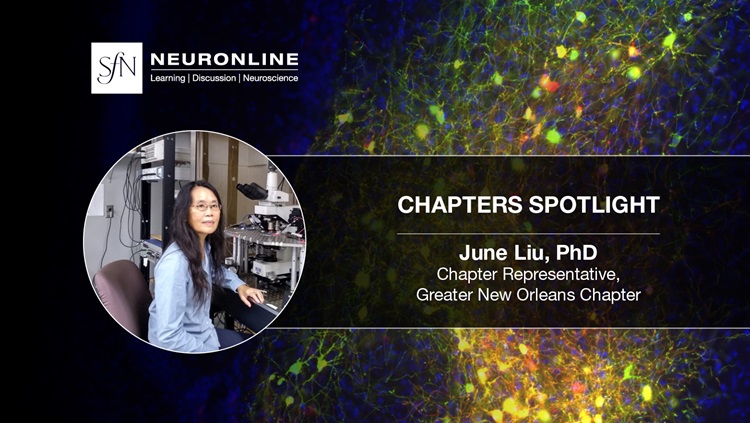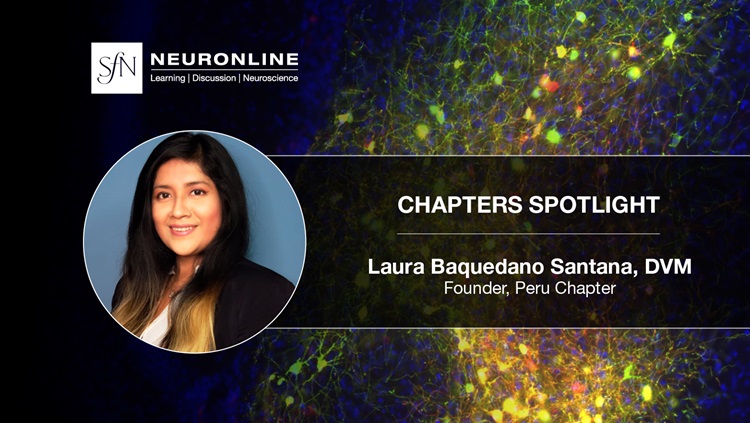
The following case study is adapted from a Theme J (formerly Theme H) abstract presented at Neuroscience 2014. Theme J abstracts cover topics related to history, teaching, public awareness, and societal impacts in neuroscience, allowing departments and organizations to showcase the work they have done in these areas.
Experimentation is a great way to engage students and teach skills that are useful beyond the classroom or bench. At the Neuroscience Community Outreach Group at the University of Washington in Seattle, we developed neural engineering workshops to get high school students and teachers interested in neuroscience.*
Workshop Setup
Almost 90 students participated in our workshop. They used SpikerBox - Backyard Brains, an electronic learning kit about the nervous system to record and stimulate neurons in a cockroach leg. Our goal was to introduce students to experimentation and hypothesis testing, focusing on how the brain codes sensory and motor information.
Sensory Coding
Cockroach legs are covered with spines, each of which is innervated by a single sensory neuron. Physical deformation of the spine causes the neuron to spike, allowing students to investigate how information in the outside world is conveyed by the firing rate of sensory neurons.
Students worked in groups to test three hypotheses:
- Will bending the spine in different directions vary the firing rate?
- Will a larger bend in the spine increase the firing rate?
- Will bending the spine for long periods of time cause the neuron to habituate?
Motor Coding
When music is injected into a cockroach leg with stimulating wires, the frequency components in the music cause motor neurons to spike and the leg to move. Students hypothesized which attributes of the music (e.g., amount of bass, tempo) would make the leg move and tested this by finding the movement threshold for various songs.
Impact
Students enjoyed the hands-on approach and asked insightful questions throughout. We introduced broader topics by discussing:
- How the brain communicates sensory information.
- How neuroengineering can be applied to robotics or to patients with neural injuries.
- How to pursue a career in neuroscience research.
In order to reach a larger audience beyond our workshops, we worked with 13 local teachers from nine schools to bring these experiments to their classrooms. The teachers participated in the workshop to learn the neural and engineering underpinnings of electrophysiology. Additionally, we provided half of the teachers with a set of build-it-yourself SpikerBoxes to take back to their classrooms.
We found that our workshops gave the Seattle high school community a chance to experiment in the same way we, as neuroscientists, do every day.
We are always looking for new ways to engage the public and reach new audiences, so answer in the comments about: What other ways could we engage students in experimentation? How has your outreach group engaged the community?
*These workshops were funded by the CSNE NSF EEC-1028725.
*Photo provided by the author.









